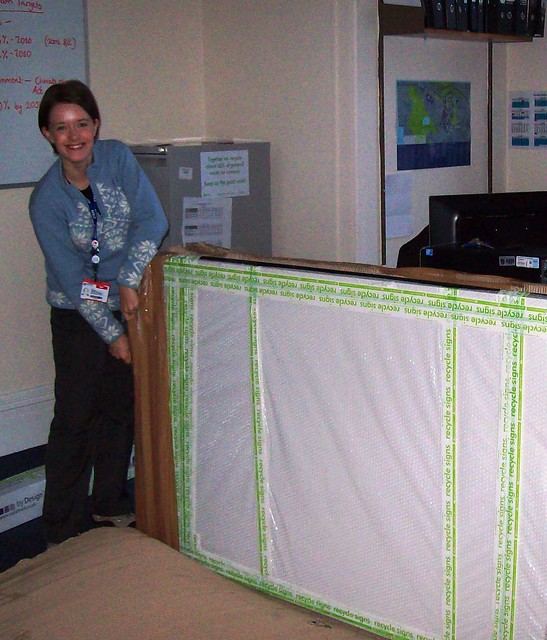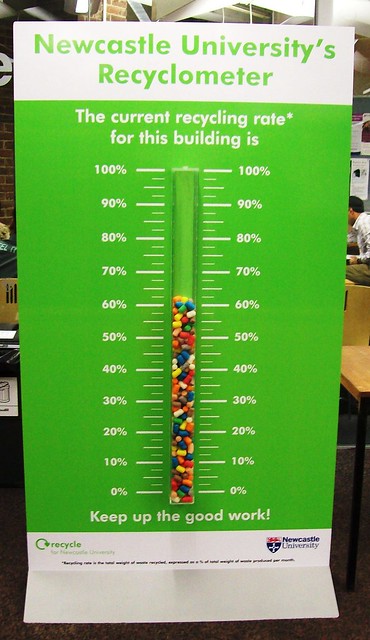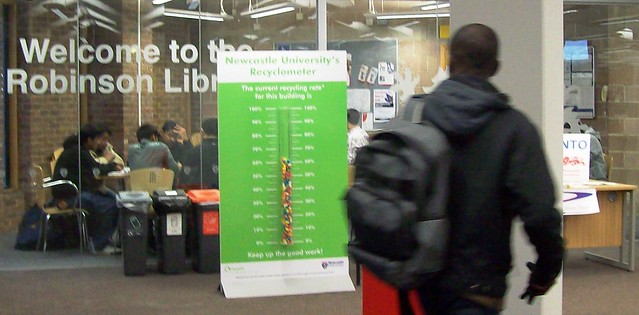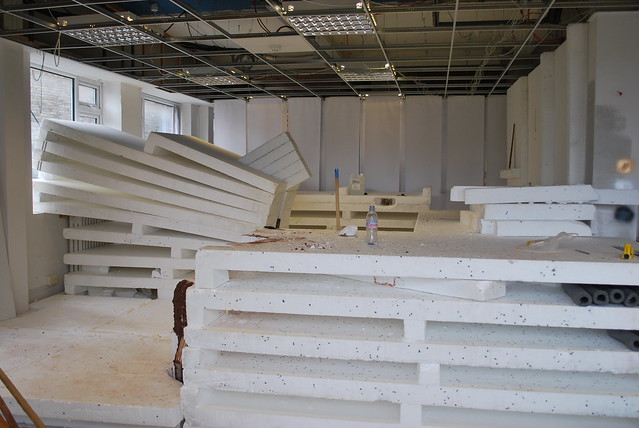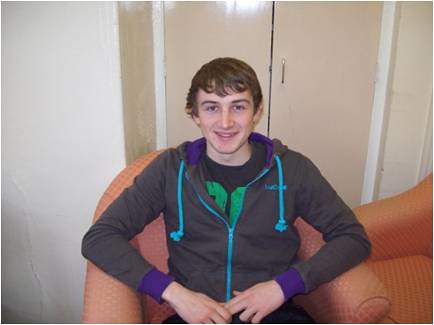
Degree: Environmental Science
Stage: 2
Placement role: Environmental Management Assistant
What did you expect to get out of your placement?
-As my placement role is an environmental management assistant, I expect to have a better understanding of how the environmental management system works in a big organisation like Newcastle University. What I’ve principally done before was a lot to do with agriculture, coming from a farm and having that sort of background, so I wanted to broaden my horizons and add another string to my bow. An Environmental Management System affects everyone and everybody has to be on board for it to work, it involves a lot of communication between different departments and hopefully everyone can work together.
What about your future career? Do you think this placement will benefit you?
-Yes I hope so. Personally I want to do something involving agriculture in the environment so this placement really benefits me because so far I have been doing things such as an environmental audit which you can apply to agriculture as well, like a pollution audit. If I don’t do something in agriculture then I want to do work for big organisation, like this. I suppose any experience is better than no experience.
What have you been working on so far?
-Well the first few weeks I was just getting an introduction to the environmental management system so I was just looking through different documents to gain an understanding of how everything worked. Over the last couple of weeks, I and two of the other placement students, Hannah Howarth and Hannah Wright, did an environmental audit of the university which checked bin storage, chemical storage, any elements of fly tipping. We then had to outline where all the bins and skips where so that we could put it on to a Google map and anyone across the system can look at it. This is one of the requirements for a stage in EcoCampus.
What exactly is EcoCampus?
-EcoCampus is an Environmental Management System and award scheme for the higher education sector, like universities.The scheme allows universities to be recognised for addressing key issues of environmental sustainability. The aims of the EcoCampus Scheme are to encourage, reward and provide tools to assist institutions in moving towards environmental sustainability through good operational and management practice.

Where are you going to put the map once it is finished? Can students access it?
-I think it’s more for academics to look through and for people across the different sectors in the university. For example one of the things we did was “Grot Spots” which is any instances where there is fly tipping so the people around the university can fill out a grot spot form and it then can be put on to the Google map and marked with a red marker and once it has been dealt with the marker will turn green. That’s one of the things they are talking about doing. We put some of the grot spots me, Hannah and Hannah found on the map but in the future it will be open to anyone and there will be an online form to fill in.
What do you think of it so far?
-Really interesting! I wasn’t sure what I would be doing when I first turned up but it’s a lot better than I first expected. Time flies when you’re here. It really feels like I achieved something when I’m working.
Have you faced any challenges since starting your placement?
-There is a lot to get your head around in terms of the legal requirements, that is what I am actually going to be doing today, looking at the legal register and all the legalisation attached to it. To complete one of the stages of EcoCampus you have to complete a lot of sub-sections so there is a lot to look through and to get to grips with. We just completed the Silver stage of EcoCampus in October and we are now working towards the Gold stage which will be hopefully achieved in April.
What do you think of the atmosphere in the Sustainability Team office?
-It’s really friendly and everyone is really nice. Everyone is really busy but I feel that I fit in well.
What future work will you be doing on your placement?
-Well because it is a work in progress I’m not sure what exactly what jobs I will be carrying out in the future but I look forward to the challenge.
Would you recommend other students take a placement as part of their degree, either with the Sustainability team or another company?
-I definitely think they should do it within the university because you get a better understanding of how the university works and how much work goes in behind the scenes. Before this placement I never knew the Sustainability Team existed, we had an idea that there were systems in place to ensure that everything works properly but I didn’t understand the amount of work that goes in, for example with control of energy use, there is someone there checking the heating all the time. It is really useful to do a placement and it also means that if you do it as part of your degree, you don’t have to do it during the summer.
Lisa, Student Engagement Intern
